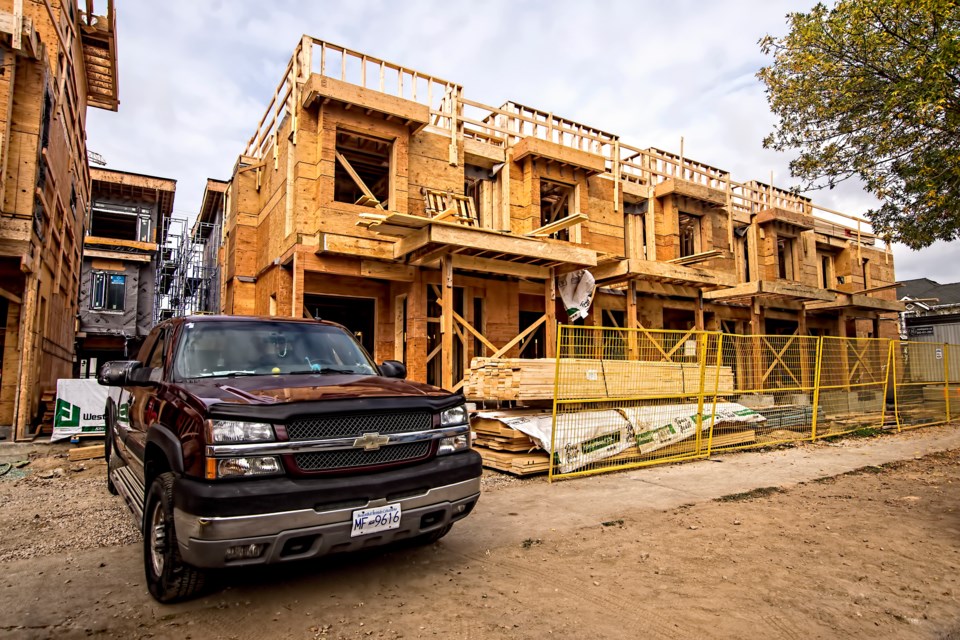Construction on the West Coast has never been busier, according to Chris Atchison.
But with this high demand comes equally high pressures.
“Interest rates, rising wages and the high cost of materials all factor into the equation. It is clear that these pressures are causing layoffs,” Atchison, the president of the B.C. Construction Association (BCCA), said in a statement.
“We’ve seen indications that construction workers, both skilled and unskilled, are moving out of the province as a direct result of B.C.’s high cost of living, housing shortage and the perception of better opportunities elsewhere.”
The estimated value of major construction projects currently under way is $157 billion, according to a pair of industry reports released Oct. 23.
This is an increase of 16 per cent over 2022 and 109 per cent over the past five years.
The value of proposed major projects tells a different story, decreasing from $220 billion in 2022 to $174 billion this year.
The pressures described by Atchison go hand in hand with decaying procurement standards, a lack of prompt payment legislation and a shortage of skilled workers, according to the BCCA. The combination of these factors “paints a dim picture for contractors over the next few years,” the industry group said in a release.
The price of non-residential construction has increased by seven per cent in the last year with labour costs increasing 18.4 per cent since February 2020.
One part of the solution is prompt payment legislation meant to ensure construction workers are paid on time, Atchison said.
“Government seems to be under the illusion that contractors all have the deep pockets needed to essentially fund large-scale projects. Not so,” he said. “Companies are often paid three or six months after the last nail has been pounded or the last coat of paint has dried. No other industry has to endure that.”
Of B.C.’s 26,262 construction companies, 92 per cent have fewer than 20 employees, according to the BCCA. The number of construction companies has grown by eight per cent over the last five years.
Despite this growth, the number of tradespeople in the industry fell by eight per cent over three years, and nine per cent since 2019. It is estimated that 6,000 construction jobs will be unfilled by 2032 due to labour shortages.
“We need to get enough people skilled up to replace the tens of thousands who are retiring in the next few years in British Columbia. One way to do that is to be more diverse about who we hire and train,” Atchison said in the release.
“Everyone, including members of traditionally underrepresented groups, should feel welcome within the construction industry. There is absolutely no lack of employment opportunities for anyone interested in exploring a career in construction.”
The number of women workers in trades has decreased by two per cent over the last four years, with tradeswomen now representing 4.5 per cent of workers in trades.
The province’s construction employment base decreased by 14,500 workers – about 6 per cent – between the first and second quarter of 2023.


